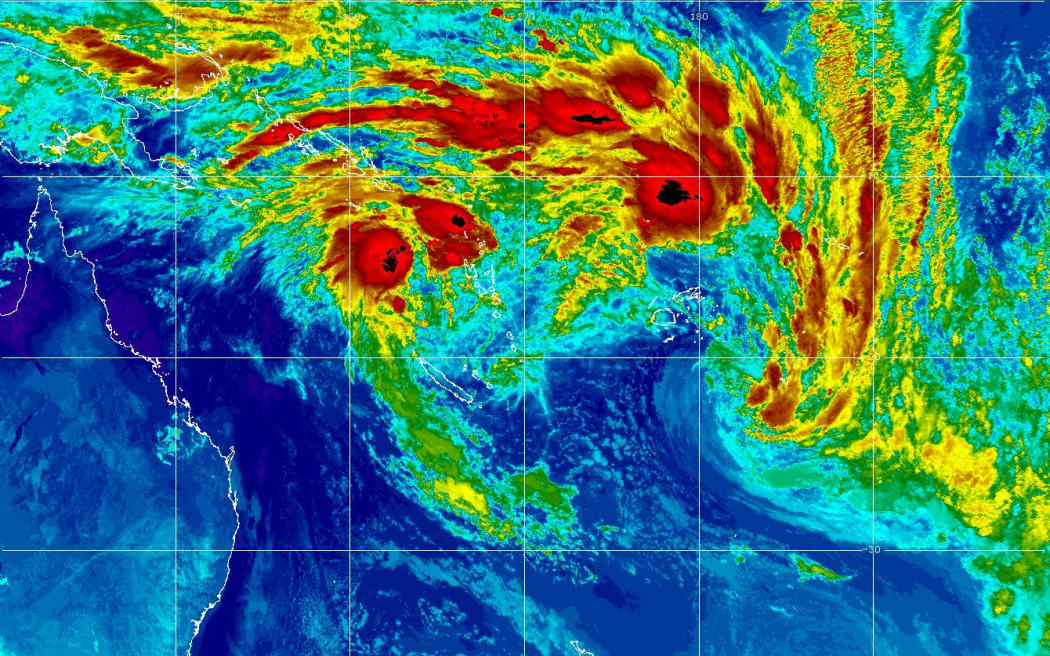
By Caleb Fotheringham for RNZ Pacific
The quality and quantity of Pacific Island climate data has been getting worse in recent decades according to a new report on climate change.
The study, Climate Change in the Pacific 2022, released last week by the Pacific Community, looked at historical climate data from 15 Pacific nations.
One of the main authors of the study and senior climatologist at the Australian Bureau of Meteorology, Simon McGree, said “it is a concern” the data had deteriorated.
“It means we have less ability to reliably observe long-term change, specifically for the Pacific region,” McGree said.
“Ideally, Pacific Island countries would have high quality observations that will give them the ability to convey how severe climate variability and climate change is in their region.”
The report said authors identified a decline in the data quality beginning in the 1990s.
“Few Pacific national meteorological services are documenting equipment maintenance/change, calibration, exposure and site changes,” it said.
One or no stations
“More than half of the countries represented in this report currently have only one or no stations where near-complete maximum and minimum temperature time series are available from the 1980s to the end of 2020.”
The study said that in some cases it represented a national network decline of greater than 80 percent in 30 years.
McGree said maintaining high quality observation metrics and data was a resource intensive task.
He said many Pacific countries had trouble maintaining weather instruments to World Meteorological Organisation (WMO) requirements.
“Issues include limited funding to replace faulty instrumentation and install spares, limited expertise to install and calibrate instrumentation, limited training to undertake high quality observations and in some cases limited expertise and tools to identify errors in data.”
Freight costs were also high in the Pacific, sometimes being more expensive than the equipment, McGree said.
The report asked donors and governments to prioritise climate and ocean observations for the purposes of climate change monitoring.
Temperatures increased
It also found that air and ocean temperatures had significantly increased.
Satellite observations showed rapid warming of sea surface temperatures over the last 40 years in the region. Air temperature showed notable warming of mean maximum daytime and mean minimum night-time temperatures over the last 70-years.
“There have been significantly more warm days and nights, and fewer cool days and nights,” the report said.
This article is republished under a community partnership agreement with RNZ.












































